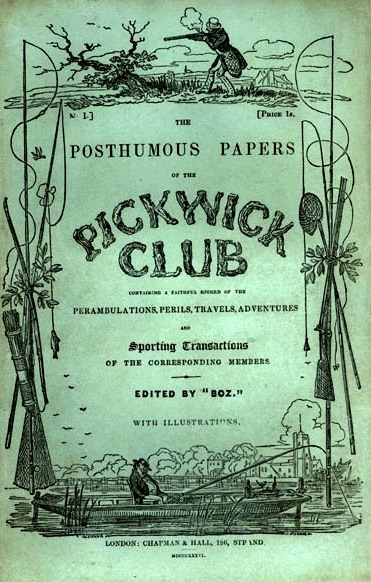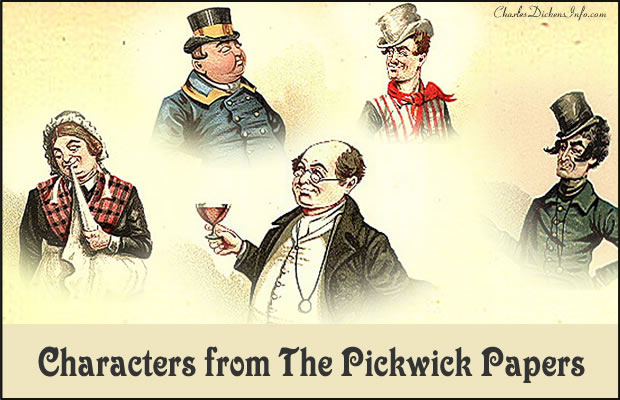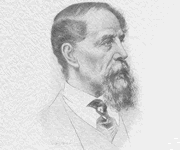The Pickwick Papers
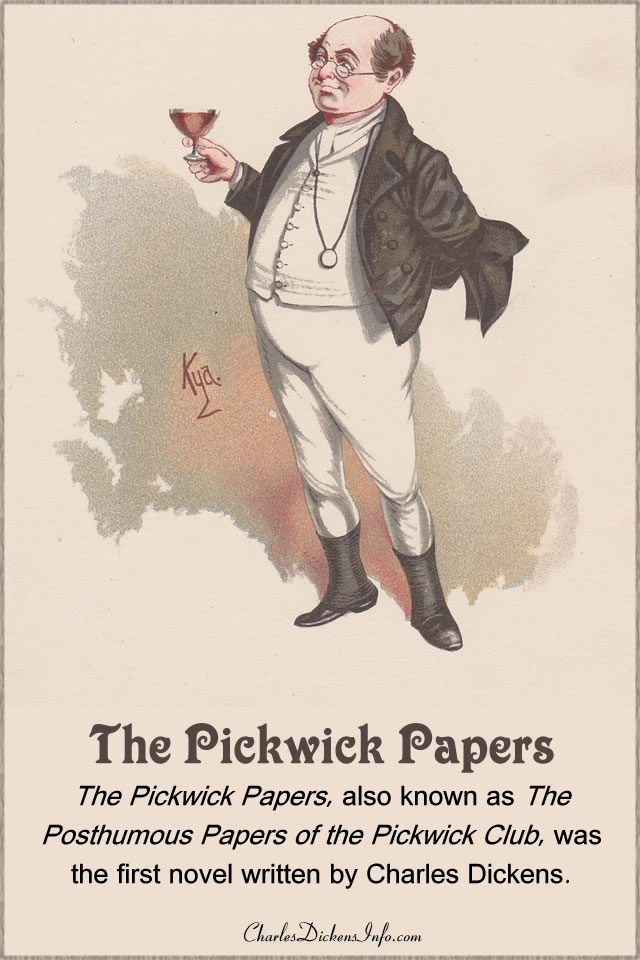
Last Updated on September 29, 2021
The Pickwick Papers, also known as The Posthumous Papers of the Pickwick Club, was the first novel by Charles Dickens.
The novel was published by Chapman & Hall in monthly installments from March of 1836 until November 1837.
Table of Contents
The Pickwick Papers – Dickens’s Life At The Time
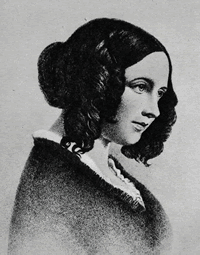
Catherine (Hogarth) Dickens
The first installment of The Pickwick Papers was published on March 30, 1836. The next month, on April 2, Charles Dickens married Catherine Hogarth.
Their first child was born on January 6, 1837
Publication of Oliver Twist began in Bentley’s on January 31, 1837. Dickens wrote Pickwick and Twist simultaneously until November of 1837 when Pickwick ended.
The First Novel of Charles Dickens
The publishing firm of Chapman and Hall faced a huge decision in April of 1836.
The firm had just started a series of amusing stories dealing with “Cockney sporting scenes”. The series was built around the illustrations of Robert Seymour.
Publication began on March 30th. Less than a month later, on April 20th, Robert Seymour committed suicide.
Edward Chapman and William Hall had to decide if they were going to continue the series.
The author who wrote the text accompanying Seymour’s illustrations had an idea.
Why not increase the text and hire a less well-known artist? The series would continue, but the focus would change from the illustrations to the story.
The author’s name was Charles Dickens and the series was The Pickwick Papers.
Chapman and Hall agreed with Dickens’s idea and The Pickwick Papers became wildly popular.
The first installment of Pickwick sold about 500 copies while the last installment sold about 40,000 copies.
There were theatrical adaptations before the series was even completed. Pickwick merchandise began to appear. People could buy Pickwick cigars, songbooks, and china figurines.
Charles Dickens’s first book was a hit.
The Pickwick Club
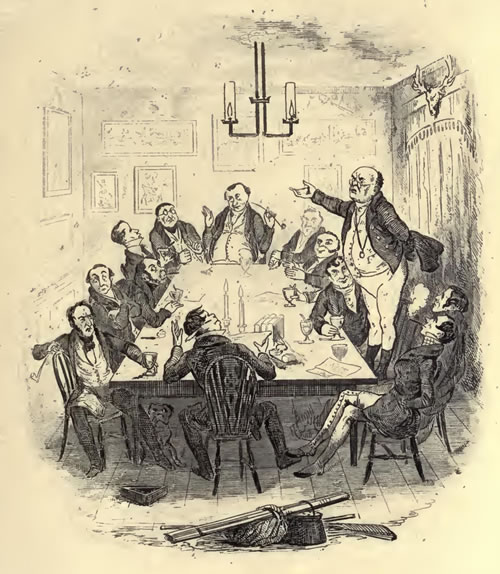
A meeting of the Pickwick Club
Samuel Pickwick is the main character of the novel and is the founder of the Pickwick Club.
Pickwick and his three companions (Mr. Winkle, Mr. Snodgrass and Mr. Tupman) travel around the country. They report on their adventures to members of the club.
That the Corresponding Society of the Pickwick Club is therefore hereby constituted; and that Samuel Pickwick, Esq., G.C.M.P.C., Tracy Tupman, Esq., M.P.C., Augustus Snodgrass, Esq., M.P.C., and Nathaniel Winkle, Esq., M.P.C., are hereby nominated and appointed members of the same; and that they be requested to forward, from time to time, authenticated accounts of their journeys and investigations, of their observations of character and manners, and of the whole of their adventures, together with all tales and papers to which local scenery or associations may give rise, to the Pickwick Club, stationed in London. ~ The Pickwick Club by Charles Dickens
Once in a Lifetime – Mary Hogarth
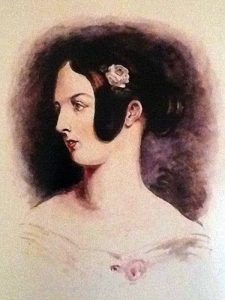
Portrait of Mary Hogarth aged 16
In June of 1837, Dickens missed a deadline. It was the only time that happened in his entire career as an author. An unexpected death in the family derailed that month’s Pickwick Papers and Oliver Twist.
Dickens’s sister-in-law, Mary Hogarth was seventeen. She was living with Charles and Catherine at the time. Mary was a favorite with the couple and was like a little sister to Charles.
On the evening of May 6th Mary went with the couple to the St. James Theatre. Everything seemed fine. The group returned late in the evening and Mary retired for the night. Shortly after that Dickens heard a cry from Mary’s room. She was ill. Despite her doctor’s care, Mary passed away in Dickens’s arms on May 7th.
Charles was devastated. He explained the break in publication by saying “the sudden death of a very dear young relative to whom he was most affectionately attached and whose society had been for a long time the chief solace of his labours.”
Sleep Apnea and Joe
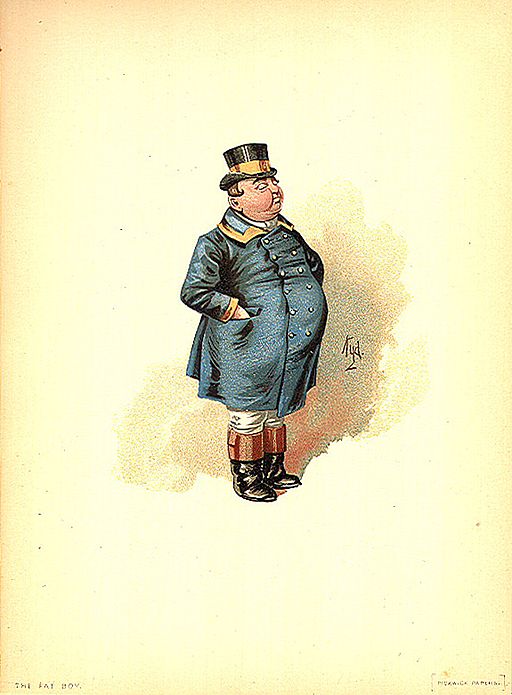
Joe the “fat boy” from the Pickwick Papers, Illustration by Kyd (Joseph Clayton Clarke)
Obesity Hypoventilation Syndrome (OHS), a condition related to sleep apnea, was first called Pickwickian Syndrome. It’s named after Dickens’s The Pickwick Papers because the novel features a character that has all the classic symptoms of the condition. Learn more
Themes of The Pickwick Papers
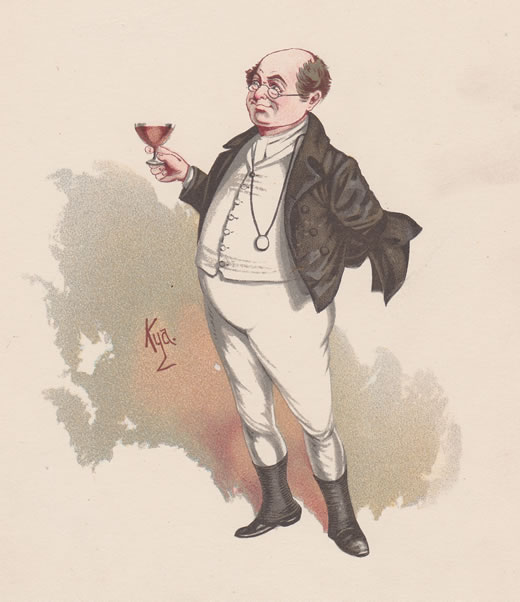
Samuel Pickwick, Illustration by Kyd (Joseph Clayton Clarke)
Dickens addressed a very serious subject into this comic novel, that of the injustice of the justice system.
Dickens had a firsthand look at the legal system when he worked as a law clerk. His outrage over the inequities and incompetence of the system show up in more than one of his novels.
In a very funny scene, Pickwick tries to talk his landlady, Mrs. Bardell, about Sam Weller moving into the house. She misunderstands and thinks he is proposing marriage. Later she sues for breach of promise.
The novel is full of humorous quotes dealing with the legal system:
“Why, I don’t exactly know about perjury, my dear sir,” replied the little gentleman. “Harsh word, my dear sir, very harsh word indeed. It’s a legal fiction, my dear sir, nothing more.”
“Battledore and shuttlecock’s a wery good game, vhen you ain’t the shuttlecock and two lawyers the battledores, in which case it gets too excitin’ to be pleasant.”
“Vell,” said Mr. Weller, “Now I s’pose he’ll want to call some witnesses to speak to his character, or p’raps to prove a alleybi. I’ve been a turnin’ the bis’ness over in my mind, and he may make his-self easy, Sammy. I’ve got some friends as’ll do either for him, but my adwice ‘ud be this here–never mind the character, and stick to the alleybi. Nothing like a alleybi, Sammy, nothing.”
More About The Pickwick Papers
Collection of Quotations from The Pickwick Papers

